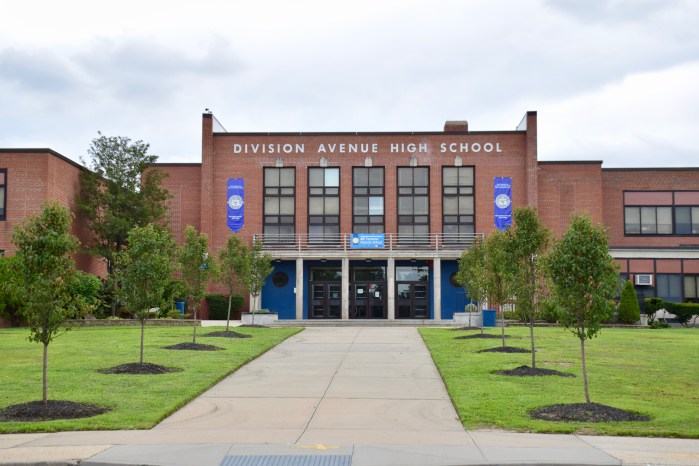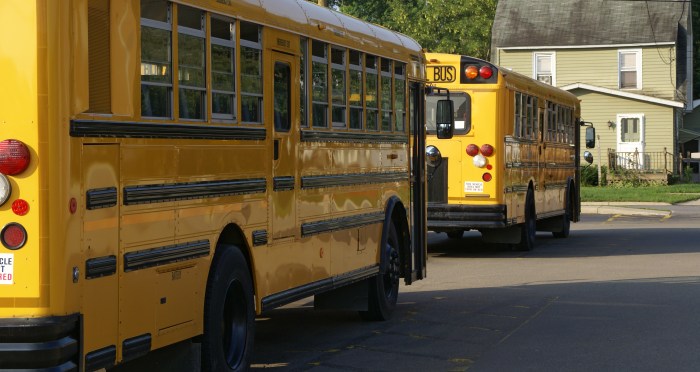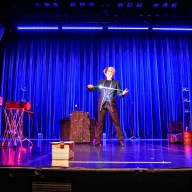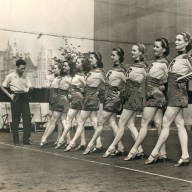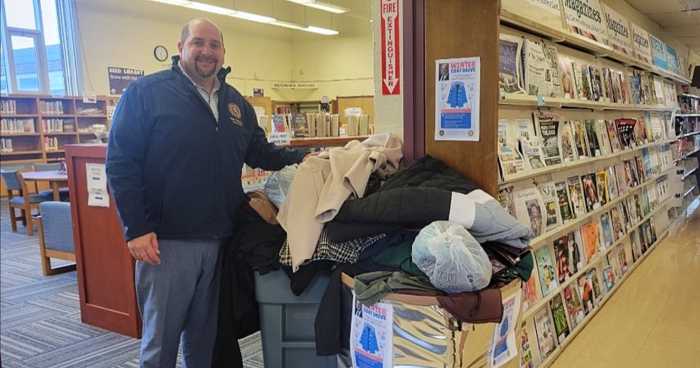Did you know that Levittown had its very own historical museum?
If you said no, you wouldn’t be alone. However, Levittown Historical Society President Paul Manton notes that for every local who shockingly might not be aware of his organization’s museum, he often finds himself equally surprised by the number of people who actually are.
“I get people who come in here and say that they’ve lived here 18 years and they only just found out now there was a museum here,” he said. “But then the same day I’ll get someone here from Brussels or Belgium or Tokyo… people come to this museum from all over the world, such as university students who are studyi ng 20th century American History, architecture, civil engineering, urban planning…meanwhile, I’m wondering how someone heard about us in Brussels of all places?”
ng 20th century American History, architecture, civil engineering, urban planning…meanwhile, I’m wondering how someone heard about us in Brussels of all places?”

However, when you sit down to think about it, the Levittown Historical Society Museum—located at 150 Abbey Lane in the Levittown Memorial Education Center—being a world-wide destination isn’t that hard to swallow after all, considering the revolutionary and lightning-fast urban development that the area underwent under the auspices of Abraham Levitt during World War II.
Originally farmland, Levitt came in 1947 and, seemingly overnight, transformed the newly-christened Levittown into the largest collection of low-cost housing specifically for U.S. Military Veterans the world had ever seen.Levittown had the biggest concentration of vets in the U.S. in the 1950s and 1960s while employing new construction techniques that would soon be copied all over the world, Manton said.
“Levitt used a 26-step reverse assembly line production technique. You could go from a cement slab to a house that you could live in—with all the extras—in 48 hours,” he said. “They were building 18 houses a day, 36 during peak production, and one of the reasons they could build so fast was because they didn’t have basements—building a basement for each home would have slowed everything down massively. In fact, Town of Hempstead building codes at the time required homes to have basements and Levitt staged a march on Town Hall in May of 1947 with hundreds of veterans, and they changed the law that day.”
didn’t have basements—building a basement for each home would have slowed everything down massively. In fact, Town of Hempstead building codes at the time required homes to have basements and Levitt staged a march on Town Hall in May of 1947 with hundreds of veterans, and they changed the law that day.”
Manton, a cheerfully thoughtful man sporting a large, bushy beard, has been president of the Levittown Historical Society since 2014. He has been an active member since its inception in 1988, the year which marked the 40th anniversary of the founding of Levittown itself. Their museum was later created in 1997 in a deal with the Levittown School District, Manton said, and has steadily grown ever since.
“The Historical Society was founded by a man named Tom Carroll, a World War II veteran,” he said. “The museum was initially intended to be a temporary exhibit, however, people loved it so much that they wanted more and we made arrangements with the school district and they’ve been there ever since.”
Stepping into the museum, one finds themselves seemingly transported back in time to a pivotal historical era far less complicated—yet still rich and complex—than the society we currently live in. Tokens of a bygone time adorn the walls everywhere you turn, from authentic re-creations of a 1950’s kitchen, bedroom, and living room, to items reflecting popular culture, to models and pictures of the Levittown area, both before and after its startling re-invention by Abraham Levitt.
“Our collection was accumulated largely through donations…people would clear out grandma’s attic and such,” he said. “A lot of the photographs you see here are things that were in the public domain, and some of them were donated by families. Originally the museum was smaller, but as the collection grew and interest in the museum along with it, the school district allow us to knock down the far wall, expanding our space.”
The museum has actually been incorporated into the curriculum of both the Levittown and Island Trees school districts; every year second grade students from both districts—33 classes a year, about 500 students overall—pay a visit to the museum to learn about the area’s deep, and for modern kids, somewhat alien, history.
 The Levittown Historical Society Museum makes its money through membership dues, sales in the gift shop, and donations. However, admission to the museum itself, which is staffed entirely of volunteers, is free for one and all. The Levittown Historical Society Museum is currently open every Wednesday from 2:30 p.m. to 4:30 p.m. and Friday from
The Levittown Historical Society Museum makes its money through membership dues, sales in the gift shop, and donations. However, admission to the museum itself, which is staffed entirely of volunteers, is free for one and all. The Levittown Historical Society Museum is currently open every Wednesday from 2:30 p.m. to 4:30 p.m. and Friday from
7 to 9 p.m.




